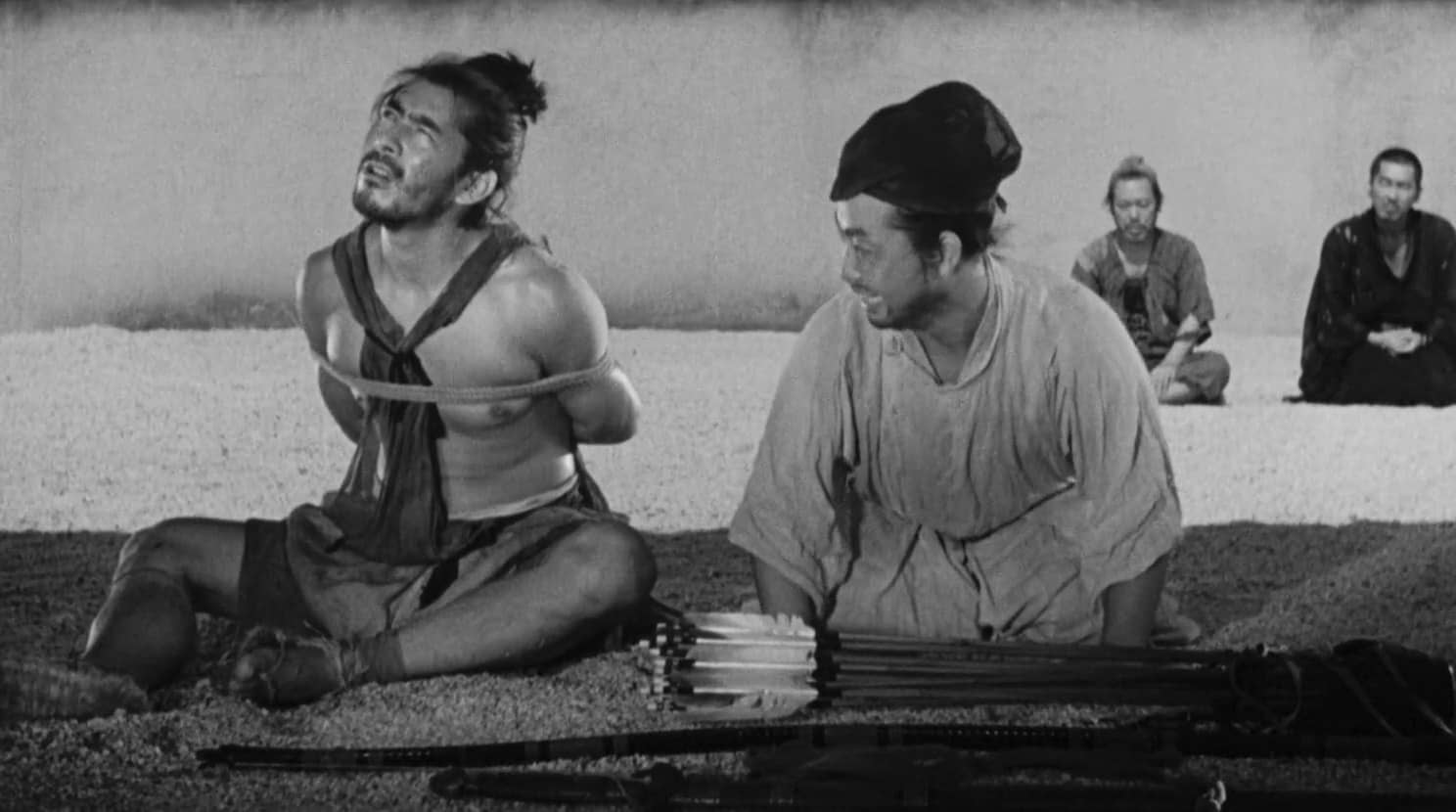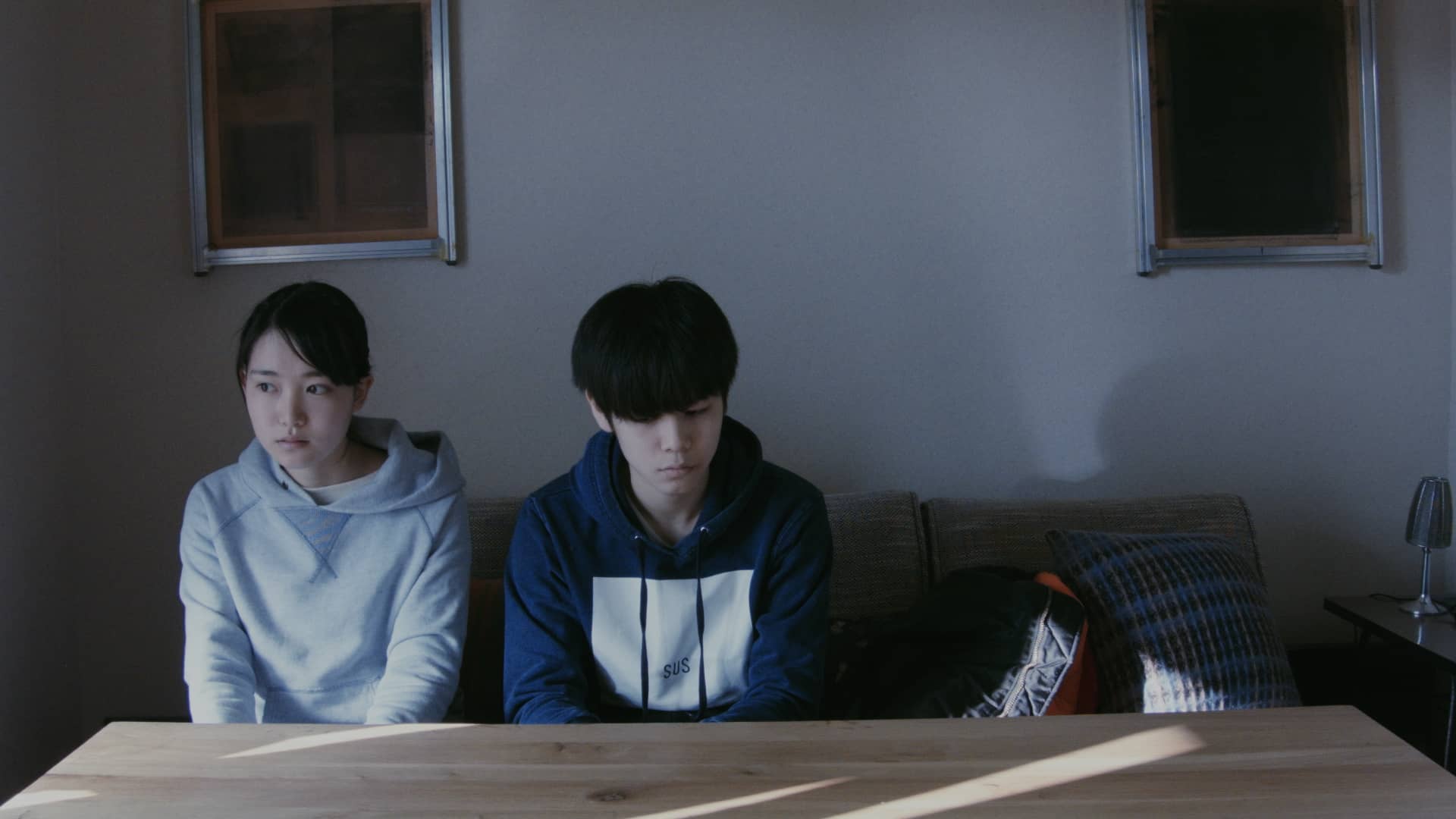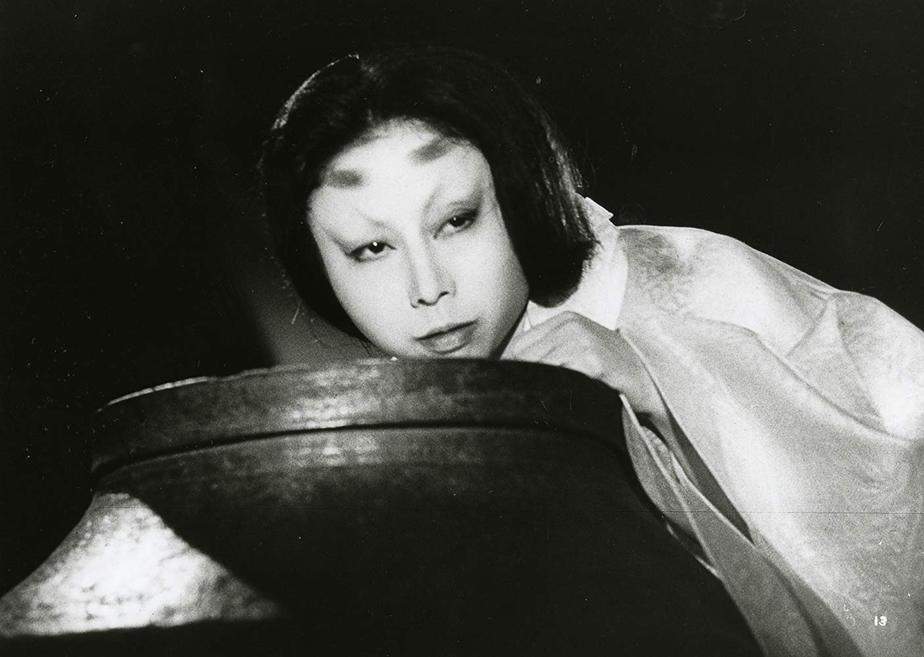The essentially inherent inability of the Japanese people to express their thoughts and feelings and, occasionally, even to communicate with others, has been explored repeatedly in the cinema of the country, other times in comedy and others in drama. Yurina Kaneko decides to focus on the same theme, but including an intense element of cuteness, as expressed in the plushies club the story revolves around.
People Who Talk to Plushies Are Kind is screening at Osaka Asian Film Festival

The script is based on a short story by Ao Omae, and revolves mostly around three university students, Nanamori, Mugito, and Shiraki, who, as the film begins (and after an intro into their past as junior high school students) join the Plushie Club in their campus. Their surprise when they see a room filled with stuffed animals is intense, but soon warm up to the rest of the members, even more so when they learn that, besides creating plushies, they also have another habit. Since they find it difficult to talk to other people, they share their thoughts and feelings with the plushies. They even have a rule, that when someone is talking to one, the other members must wear earplugs and not overhear their conversation. Nanamori and Mugito take up on the whole endeavor almost immediately, considering their introverted nature, but Shiraki, who has also joined another club, does not. Nevertheless, all three of them eventually face up to some important questions regarding relationships and life in general, with the help of both the plushies and the members of the club.
Yurina Kaneko shoots an unusual indie drama, since, apart from the original concept of the club, the movie has very little happening but is instead filled with words, not, however, as part of a dialogue but more in monologues, with the rule of the club being the main root of this approach. Through these extensive sessions, she manages to analyze her three main characters quite thoroughly, both through their interactions and their own thoughts, thus creating a very welcomed empathy towards them. At the same time, she highlights issues such as love and the difference between platonic and romantic, masculinity and femininity, agoraphobia and in general the fear of others, and sexism, in a rather rich context.
The fact that Nanamori and Sugito are rather introverted, but Shiraki not so much, also creates a very appealing antithesis here, as much as the exploration of the feelings each one has for the other, while Tarayama, a senior member of the club who is not particularly well versed in the creation of stuffed animals, also emerges as a rather interesting persona. Furthermore, the fact that Kaneko did not choose to take the romantic route and present a trio, but to focus on something much different and more personal for each character, emerges as one of the best traits of the movie. Lastly, the solution she proposes, that finding other people that share the same difficulties in communication, even if in a plushy club, gives an optimistic essence to the movie, and essentially hope to all kinds of introverted of the world, with the last scene with the new newcomer highlighting the fact in the best fashion.
Considering the line-heavy approach of the narrative, Kaneko had to have utter trust in her protagonists, frequently turning the camera quite closely towards them, and it is easy to say that they thrived in this tactic. Kanata Hosoda as Nanamori, Ren Komai as Mugido, and Shintani Yuzumi as Shiraki all give great performances, on par with the movie's overall aesthetics. The scene where Nanamori reacts to his former classmate's behavior, the darkness that eventually surrounds Mugido and the overall coolness of Shiraki emerge as the apogee of their respective performances, in three rather appealingly measured renditions.
The cinematography here includes frequent use of handheld camera and numerous close ups, in a style that occasionally reminds of a documentary, but as a whole, remains distinctly art-house, while excelling particularly in the presentation of Mugido's isolation. Furthermore, the combination of cuteness and creepiness the room filled with stuffed animals brings is also quite intriguing. The editing results in an expectedly slow pace, while at 109 minutes, the movie is directly addressed to the art-house audience.
“People Who Talk to Plushies Are Kind” is a very interesting film, particularly for its narrative basis and its overall comments, that is bound to satisfy festival goers around the world.
















